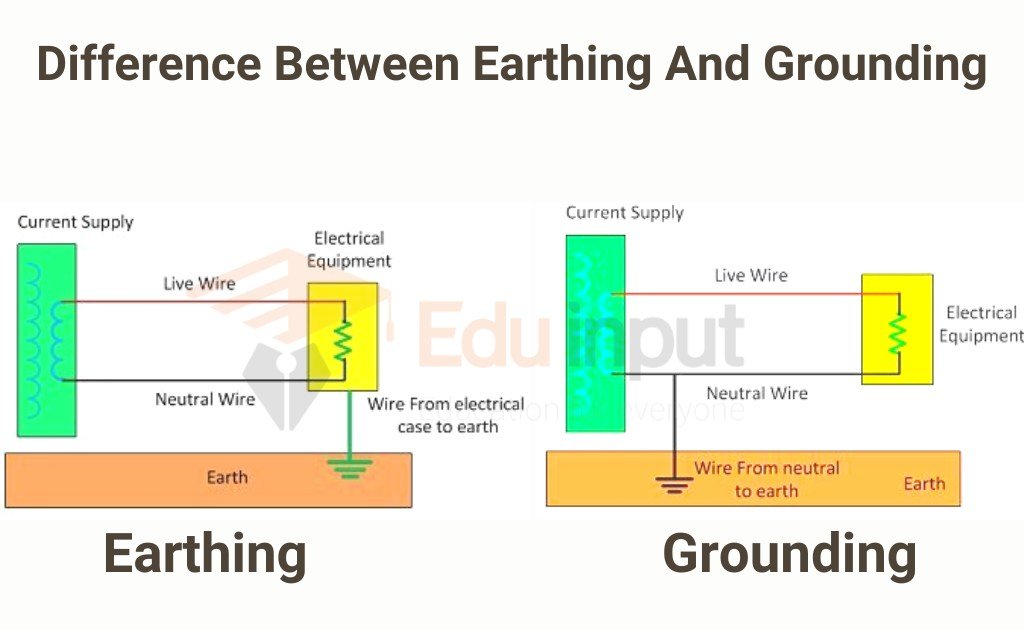Grounding works by leveraging the negative electrical properties of the ground. The ground on which you walk has a negative electrical charge. Therefore, it’s able to neutralize positively charged electricity. Grounding allows excess electricity to discharge through the ground.
Most electrical systems have a grounding wire. You can find a grounding wire in automotive batteries, electrical outlets, household appliances and more. The grounding wire is specifically designed to connect to the ground. Because of the ground’s negative electrical properties, it’s able to discharge excess electricity.
Electrical systems are inherently powered by electricity. As electricity flows through them, however, it may build up to dangerous levels. This is why most electrical systems are grounded. Grounding ensures that any excess electricity will be discharged. The excess electricity will take the path of least resistance, which will be the grounding wire that runs to the ground. While there are different ways to ground an electrical system, most of them consist of a grounding wire that connects to either the ground or the chassis of an automobile or airplane.

